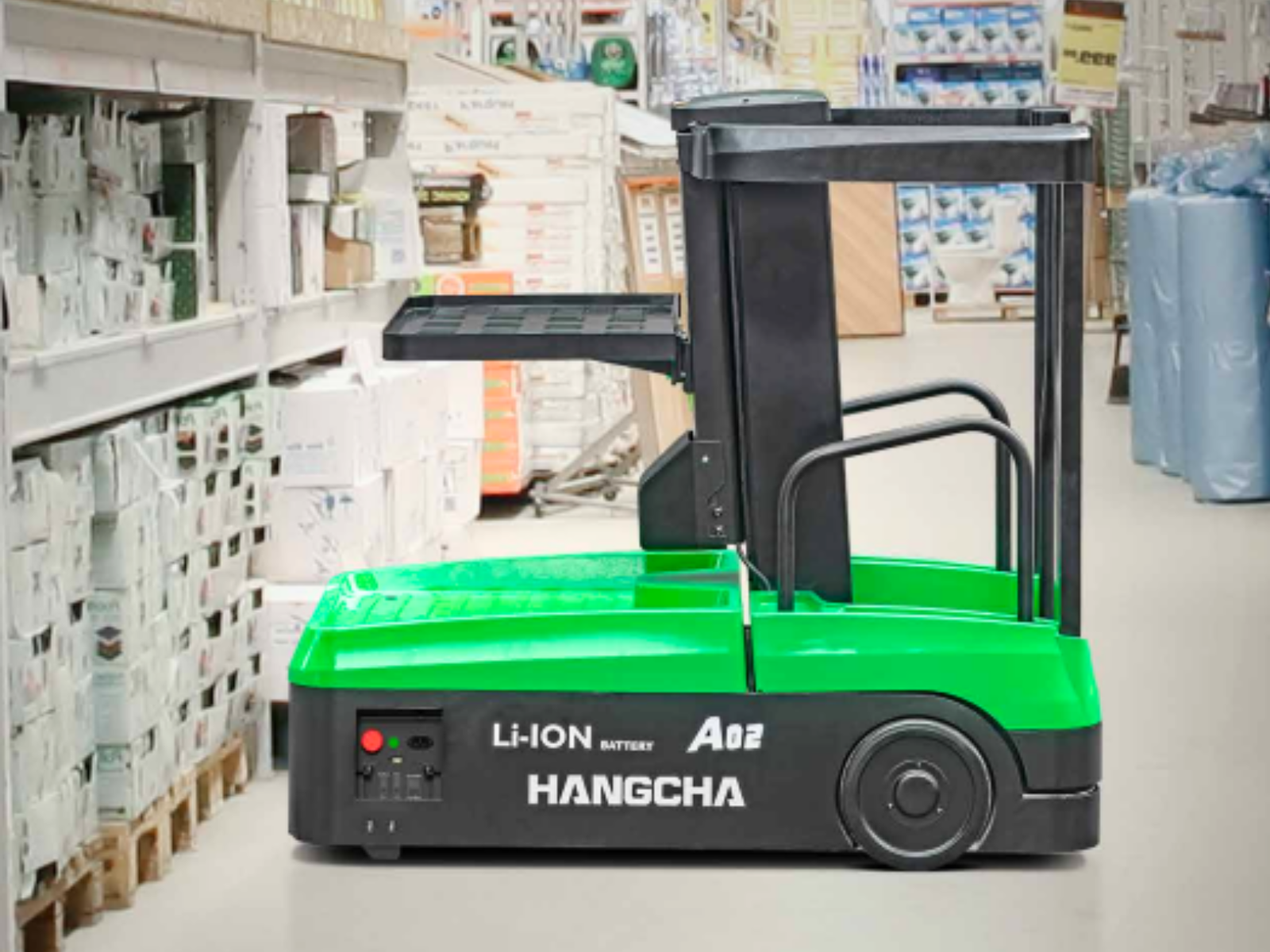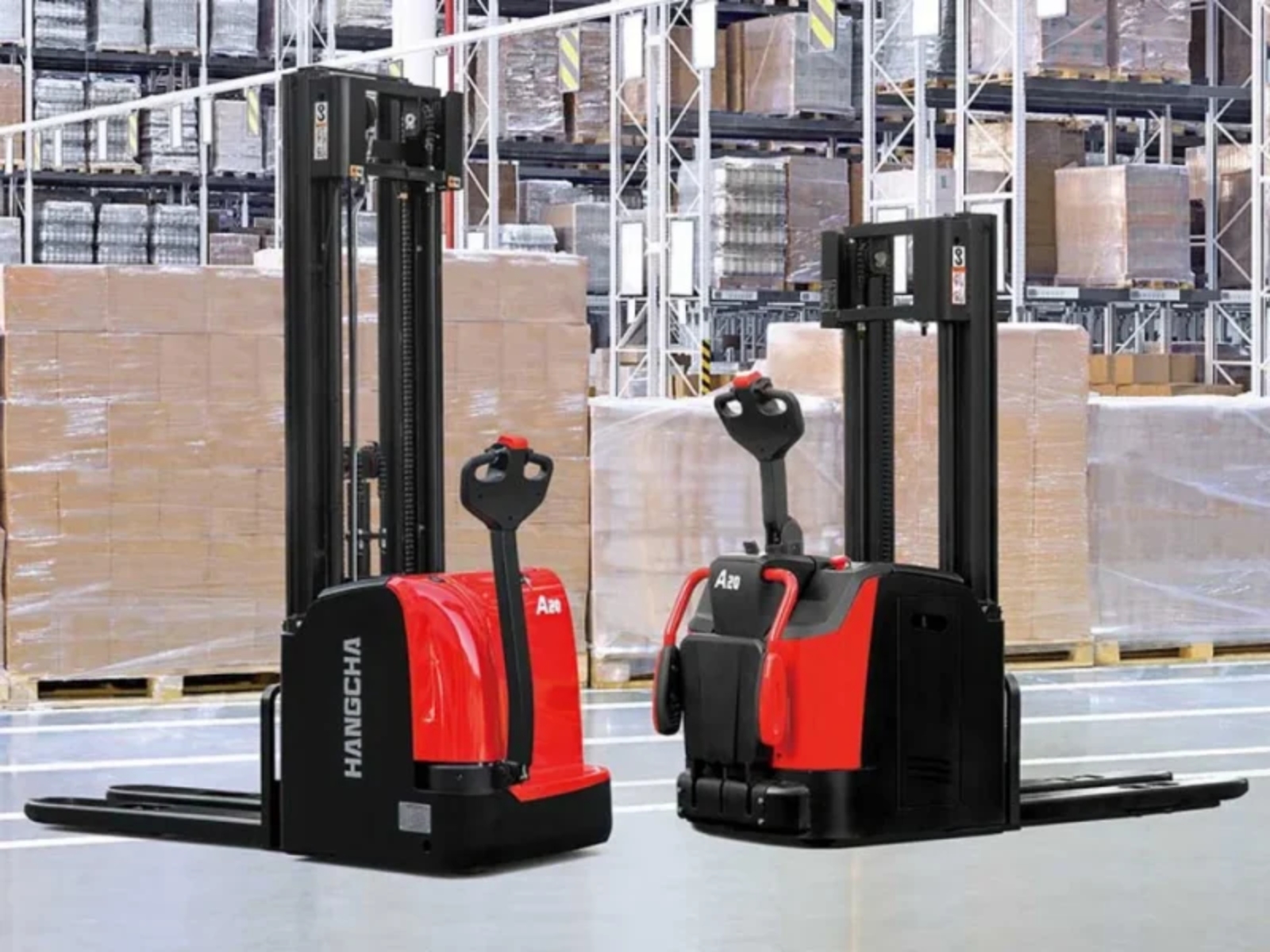At most construction sites, you’ll commonly find wheel loaders at work. Their frequent use highlights how important they are in modern industry. Today, we’re going to explain what a wheel loader is by covering its definition, history, structure and components, main functions, types, and basic operation with safety considerations. If you’re in the market for this indispensable equipment, be sure to explore our wheel loaders for sale for a comprehensive range of options.
Defining the Wheel Loader
A wheel loader, in its essence, is a heavy-duty vehicle equipped with a front-mounted bucket, primarily used for loading and moving materials. Picture a robust and agile machinery, built to tackle a myriad of tasks with remarkable efficiency. It’s interesting to note that this versatile machine goes by various other names too, such as front-end loader, bucket loader, scoop loader, and shovel, each highlighting a different aspect of its functionality and design.
A Brief History of the Wheel Loader
Ever wondered how wheel loaders became the construction giants they are today? It all started with simple tractor attachments for light tasks. Then came the big leap in the mid-20th century with hydraulics, turning them into heavy-lifting champs. Over the years, these machines got smarter and tougher, with computerized controls and GPS for precision work. Now, they’re even going green, with eco-friendly models on the rise. From basic tools to high-tech, eco-conscious equipment, wheel loaders have truly transformed to meet the demands of modern construction.
Structure and Components of the Wheel Loader
A Visual Overview
Imagine a sturdy, well-built machine, sporting a large bucket at the front end, complemented by a set of robust wheels. This is the typical appearance of a wheel loader, designed for stability and strength.
Breaking Down the Components
At the heart of a wheel loader lies its engine, the powerhouse that drives its functionality. The transmission system plays a critical role, transferring power from the engine to the wheels. The bucket and lift arms work in tandem, efficiently handling materials. The cab is the control center where operators command this mighty machine, and the specially designed tires ensure it moves smoothly across diverse terrains.
Key Functions of a Wheel Loader
The wheel loader is a versatile juggernaut in the world of heavy machinery, primarily designed for loading and transporting materials. Its large bucket excels in scooping up materials like soil, sand, rocks, and debris, making it indispensable in construction, mining, and quarrying. Beyond just moving materials, it’s also adept at leveling ground and removing snow, showcasing its utility in various settings. The ability to attach different tools, like forks or grapples, further extends its capabilities, enabling it to handle tasks like lifting pallets or pipes.
Different Types of the Wheel Loader
Wheel loaders come in a variety of types to suit different tasks and environments. Compact wheel loaders, perfect for tight spaces and smaller tasks, offer maneuverability and efficiency. On the other end, we have large wheel loaders, built for heavy-duty operations like mining and large-scale construction. Mid-range models strike a balance, suitable for a wide range of activities from road construction to agricultural projects. Each type is tailored to specific needs, with size, power, and capacity varying accordingly, ensuring there’s a wheel loader for every job.
Operating a Wheel Loader
Operating a wheel loader demands precision and a good grasp of its controls. Here’s a streamlined guide:
Getting Started
Familiarize yourself with the dashboard and controls, including ignition, gear shift, and levers for bucket lift and tilt.Start the engine, ensuring it’s in neutral, and check all systems via the displays.
Maneuvering Basics
Use the gear shift for moving forward or backward, understanding the loader’s handling. Control speed with the throttle and practice lifting and tilting the bucket with respective levers.
Safety and Efficiency
Conduct pre-operation inspections for damage, tire condition, and fluid levels. Stay aware of your surroundings, especially in busy areas. Operate smoothly and avoid overloading the bucket. Adjust seating for comfort and take regular breaks to avoid fatigue.
Maintenance Essentials
It’s crucial to adhere to regular maintenance schedules, which should include checks on hydraulic lines and engine oil. Any mechanical issues should be reported immediately for prompt resolution.
With this overview, you should have a clearer understanding of the wheel loader. For more detailed information, explore our other blogs on this website, where we will continuously update content on this and related topics.





.webp)